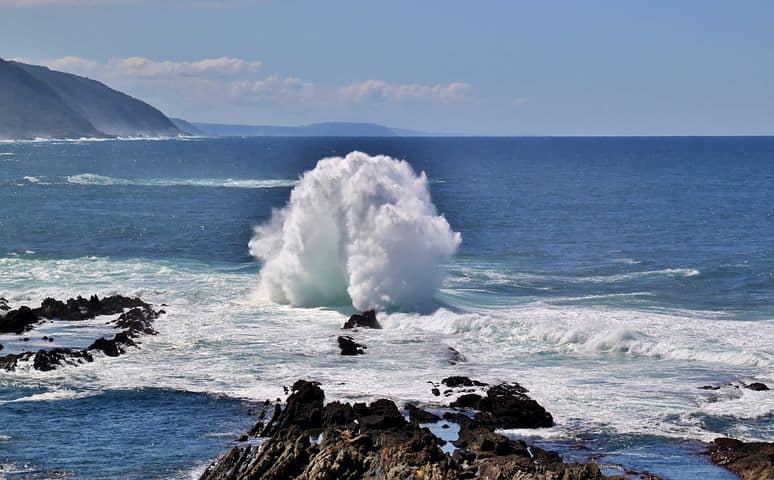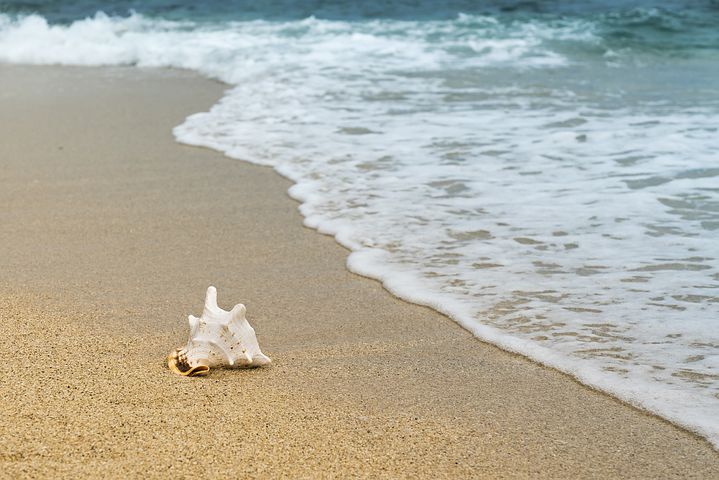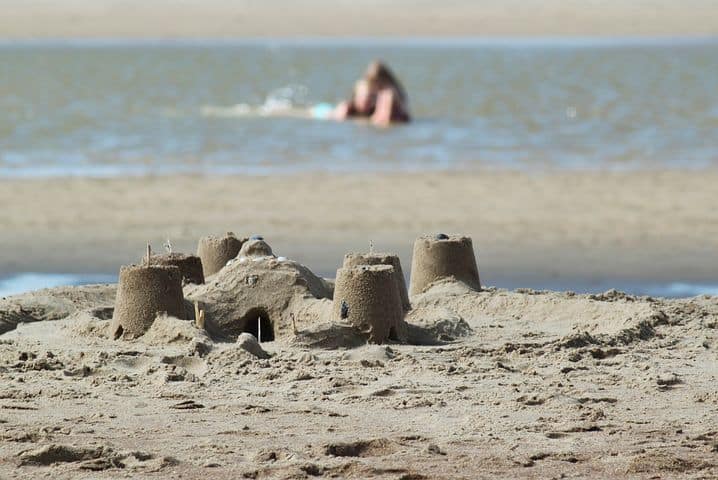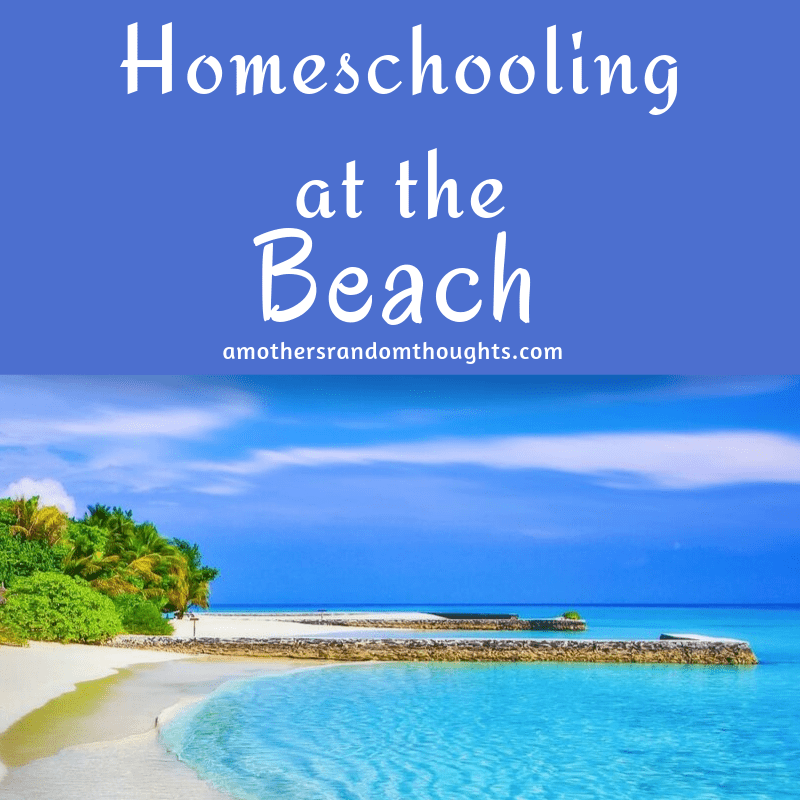Homeschooling at the Beach
As a long-time homeschool mom who has graduated 3 children, and is still in the day-to-day of homeschooling, I have learned much through the years. One of the most important lessons I like to pass on to other homeschool moms is to view every moment of every day as a learning opportunity. We do not “teach” in our home, but rather we learn. And everyone from the oldest to the youngest are active learners. So it shouldn’t suprise anyone that we continue to learn even on vacation. Today, I will give you the best ways to homeschooling at the beach that I have acquired through the years.
Ways to Homeschool at the Beach
At The Beach Itself
There are so many lessons to be learned by spending time on the beach ranging from tides, waves, and shells.
Teaching Tides:
Tides are the rise and fall of the level of the ocean. It is caused by the gravitational pull of the sun and moon. Additionally the force created by the rotation of the earth affects tides.
High and low tide is a repeated cycle every day. For example tide times in Myrtle Beach on September 18, 2019 are:
High: 10:45 AM
Low: 5:01 PM
High: 11:07 PM
While you can teach high and low tides and the cause of them in a classroom setting, imagine showing your children high and low tide at the beach. This is an amazing sight to witness, even for an adult. Build a sandcastle during low tide, and watch the waves begin to encroach on the castle as the tide slowly begins to come in.

Teaching Waves:
People who study the ocean and waves are called oceanographers who are scientist. Yes, you can have a career in the study of the ocean and waves!
There are three major parts of a wave called 1) The Crest which is the highest point of the wave, 2) The Trough is the lowest point of the wave, and 3) The Face which is the front of the wave.
Waves can be made at home in the sink or bathtub. Additionally, using something that floats such as a boat made out of tin foil or cork, you can watch the effect that waves have on objects in the water.

Teaching About Shells:
One of the first things to teach about seashells is what are shells – They are the exoskeleton of invertebrates which are animals without a backbone. Shells are made of calcium carbonate. Fascinatingly, there are so many different shells. In fact, learning about the creatures that live in them is great, and additionally, finding shells on the beach or watching the waves bring in shells is a fun activity for young and old alike. Triton shells, cowrie shells, tulip, moonshells, bivalves, scallops, and conch shells are just some of the shells you may find. Researching beaches before you go to see what type of shells you may find will make sure you aren’t disappointed in not finding a particular shell.
More ways to use shells to learn: Seashell identification, using shells for art work or jewelry, creating shell animals, using shells in crafts (visit a beach store for ideas or google using shells to decorate), and uses of shells in medicine, fertilizer, and the purpose of feeding crushed shells to chickens.

Other Topics for Homeschooling on the Beach:
Other ways to learn on the beach include sand. What is sand? Where does it come from? How do beaches replenish their sand?
Teach your child about water versus landmass in the world. The animals you find in the ocean, reefs, marshes, water temperature versus air temperature, beach plants, sand dunes, and more.

Swimming:
Before going into the ocean there are topics to teach such as swimming in the ocean and the dangers of riptides. Talk about stinging animals you might find in the ocean or the sand such as jellyfish. How do you neutralize a jellyfish sting?
Pool and sun safety: swimming in hotel swimming pools, lazy rivers, and worst times of day to be in the sun.

Beach Activities:
Some beach activities include: Building sandcastles, creating sand sculptures, who can build a better moat, burying dad (or mom) in the sand, and digging the biggest hole – who can dig to China first!
Homeschooling in Coastal Towns
Lighthouses:
Lighthouses can generally be found around most coastal towns. Visiting a lighthouse can be a great learning tool to see how lighthouses operate including the lighthouse prism and lights, and some history about lighthouses. Who operated lighthouses? Teach about the purpose and the importance of a lighthouse. Watch the original Pete’s Dragon.

Aquariums and Wildlife Centers:
Another place that is found in many coastal towns is an aquarium. Some of our favorite places to visit have been to aquariums. Our family has visited the Baltimore Aquarium, Ripley’s Aquarium, The Greater Cleveland Aquarium, and The Monterey Bay Aquarium (my favorite). You will find awesome hands-on exhibits, local sea life, and many times species that live in marshes surrounding the local waterways.
However, many smaller towns will not have an aquarium but instead will have nature centers that may include tanks with local fish and other species native to the area. These nature centers will still be a great resource to learn about a particular region.
Maritime Museums:
Learn about local shipping ports, sea captains, how to tie a knot, life about a sea vessel, pirates, famous ships, and different types of ships, sailboats, and the fishing industries of the area. These maritime museums offer a glimpse into the life of sea captains, crashes that occurred in the area, and the jobs and industries that supported the coastal towns. Additionally, many museums give you the opportunity to tour famous replica boats.
Boating Activities:
As coastal towns look for ways to continue to attract tourists, new and exciting boating, sailing and expeditions can be found. Ranging from pirate ship voyages to fishing expeditions, boating activities can be fun, relaxing and educational. Our family has gone whale watching where everyone actually saw a whale except me. It was a gum commercial moment – I looked away for a brief time and that is when the whale surfaced.
We have also participated in marsh water exploration voyages. The bottom of the marsh was dredged and the catch was pulled into the boat to explore. My children had the opportunity to hold a pufferfish in their hands. These are experiences that are unforgettable.
As you can see there are so many learning opportunities to continue homeschooling at the beach. Furthermore, the beach, especially in the offseason, is a calm environment that lends itself to a relaxing vacation. The importance of vacation, getting away from the every day, and teaching how to rest and unplug from the normal every day are lessons that should be taught to our children.

Reviewing movies for parents from a Christian perspective since 2005. Know Before You Go!
Christian Homeschooling mom – 30 years and counting
Autism Mom & Disney enthusiast



